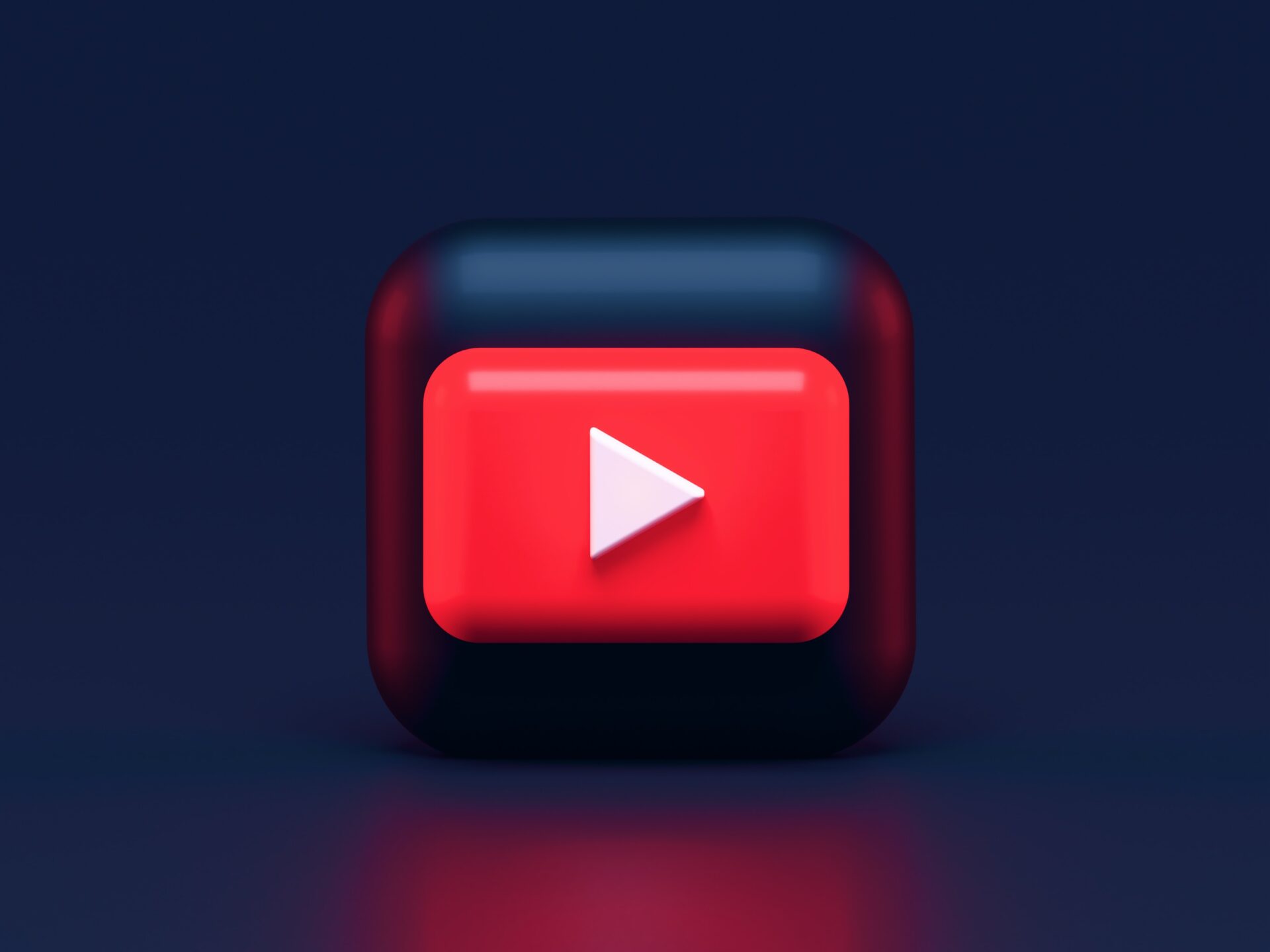Top 3 Current Trends on Google Ads
Written by Adam Campbell, Paid Media Manager
It can be hard keeping up with the latest trends in paid media. In this blog, Adam, one of our Paid Media Managers, has done the research for you and will be exploring what’s new in Google this quarter…
What are the current trending topics in Google Ads?
1. Artificial Inteligence (AI)
This should be no surprise to you, AI has taken the internet by storm this year and is our first trending topic in Google Ads this quarter.
In July 2023, The Global Language Monitor named ‘Artificial Intelligence’ or ‘AI’ as the “Top Word or Phrase of the Year 2023 Thus Far” (Source). It’s fair to say that in the world of advertising & paid media, this hasn’t changed.

But what does AI and its impact hold for Google Ads as we approach the final run in of 2023?
Artificial Intelligence has become an integral part of Google’s communication in explaining how the online auction & new campaign types work in the platform.
You may hear from time-to-time your Google Ads team referring to the machine learning or bid learning stage of campaigns once they’ve gone live.
This is essentially Google’s algorithm analysing the setup of the campaign from audience signals to location to daily budget, to understand the best placement opportunities for your ads.
In the past this explanation was harder to convey or communicate in a clear and concise manner, but the relevancy and familiarity of AI in everyday conversation in the world of digital makes this conversation much easier. So Google now brands everything under the umbrella of their algorithm as AI.
Google is certainly pushing to cement AI as a relevant part of its platform and way of working, having released a new certification called: Google Ads AI-Powered Performance Certification.
The key messaging from this certification being: AI is here to stay. It will become a part of everyday language when discussing Google Ads & its implementation into campaigns like Performance Max & Demand Gen with AI-driven audience signal targeting.
Do you want to learn more about how you can use AI in your marketing? Read our blog, ‘Generative AI and the Future of Marketing’.
2. Farewell Discovery, Hello Demand Gen!
Moving on to our second trending topic in Google Ads…
Anyone who has worked with Google Ads will be familiar with the core campaign types for most strategies: Search & Display.
As Google Ads grows and evolves, we see new campaign types rollout every few years, sometimes entirely replacing previous campaigns whether we like it or not.
In 2022 we saw the rollout of Performance Max, replacing Smart Shopping – a staple of e-commerce advertising on Google Ads.
Performance Max was met with mixed results, specialists eventually got to grips with the new campaign format and have seen consistently improved results.
This year we are saying goodbye to Discovery – what many Google Ads experts deemed as the complimentary campaign to Display.
Discovery offered alternative placement opportunities for Responsive Display-style ads on the Google Discovery & Gmail networks.
Although it held the potential to deliver good results in terms of CTR and conversions, it never truly took Display off its perch. Especially given that uploaded Display Ads were never an option with this campaign type.
Given the move towards AI-powered targeting & the growing popularity of Performance Max as a campaign type, it’s not unsurprising that Google Ads is looking to replicate this to drive improved results from Discovery campaigns.
So what is different?
The big selling points for Demand Gen as a campaign format is the expansion of its placement opportunities.
In addition to Discovery & Gmail we can now also deliver YouTube Shorts placements! Something that has not been achievable with standard YouTube or Performance Max campaigns.

YouTube Shorts is the real revelation delivered in this new campaign type. Google Ads reported in February 2023, YouTube Shorts hit 50 Billion daily views globally – 1.6x more than reports in April 2022.
If awareness and reach is your objective, Demand Gen is the campaign type to keep an eye on.
So while Demand Gen, is something of a surprising addition to the Google Ads line-up, should it hit the ground running, it could become a staple.
3. Google Ads Price Adjustment
Finally, our third trending topic in Google Ads is the platform’s price adjustment…
Noticing your Google Ads results appearing more expensive this year compared to last?
Have your agency’s CPC and CPA figures come back higher despite improved targeting and quality of results?
It came to the surprise of many Google Ads specialists to learn that Google Ads has been adjusting their online bidding prices to fall in line with internal targets for 2023.
What does this mean for you and your campaigns?
You will likely see year-on-year your campaigns, especially Search will have higher cost per click figures rolling in despite targeting the same keywords and delivering similar levels of impressions.
This is happening across the board for all advertisers, your event is not alone in this experience.
While you may see some higher costs required to achieve target registrations or leads, this has to be viewed similar to inflation in the nation’s economy – it affects all.
How can you work around this? Take advantage of your most cost-effective campaigns. While Search campaigns will be most likely to see increased costs, this is where Google’s AI-powered campaigns really come into play.
What do we mean by AI-powered campaigns?
Performance Max campaigns in particular can deliver much more efficient engagements and conversions with the correct creative, targeting and budget. This campaign type is one of Google Ad’s most innovative advertising solutions to date.
Designed to help businesses reach their target audience across a multitude of Google properties, from Search and YouTube to the Play Store and Discover.
Performance Max essentially streamlines your ad campaigns, allowing you to create a single campaign, and Google’s algorithms will automatically distribute your ads where they’re most likely to perform well.
This means your ads can appear in front of potential customers at precisely the right moment, whether they’re searching for products, watching videos, or exploring new apps.
It simplifies the advertising process and maximizes your reach, making it an attractive option for businesses looking to get the most out of their Google Ads campaigns.
In the context of cost-effective advertising, this strategy can be crucial to reaching your target audiences at the consideration stage of their customer journey.
Do you want to keep up to date with the latest trends in paid social and paid media?








